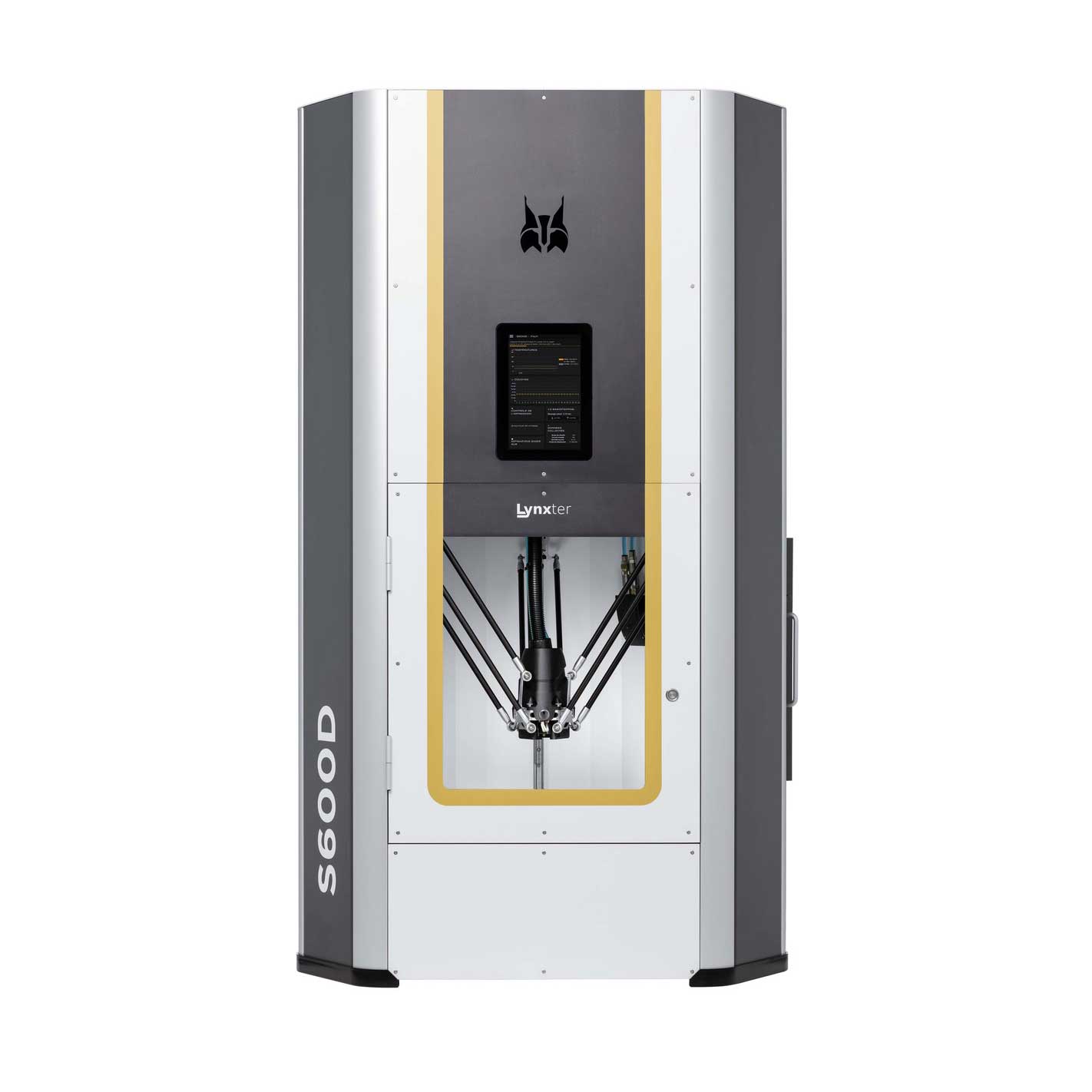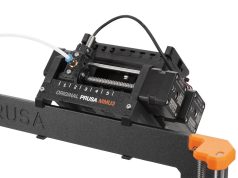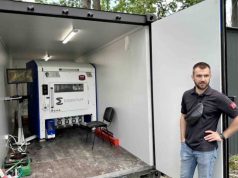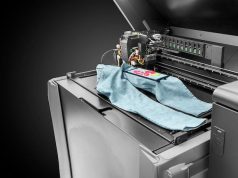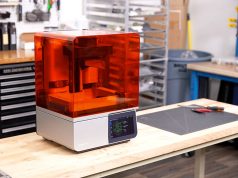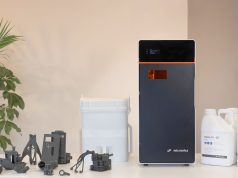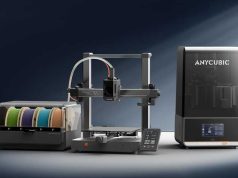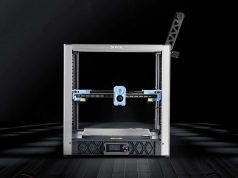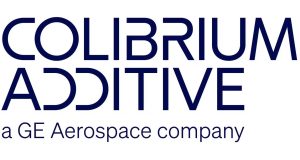Direct Drive technology is a 3D printing configuration where the extruder motor is placed directly above the heater block. Decreasing friction, reducing filament clutter, and increasing throughput results in faster, more efficient, and more reliable printing. Now, French 3D printer manufacturer Lynxter has unveiled a new FIL21 tool head designed to take advantage of just that.
Thermoplastic, brittle, and flexible filaments: the FIL21 toolhead completes Lynxter’s FIL arsenal (FIL11 and FIL33) of the modular 3D printer S600D and opens up to new material families.
This new tool makes the printing of complex filaments effortless:
- Metal/ceramic filaments: Alumina, Zirconia, 316L
- Flexible filaments with a new range of hardness (ShoreA 65): TPU, TPE, TPC, …
The FIL21 can print wider and denser layers, which leads to a reduction in the number of printing layers and thus to additional time savings. 3D printing is precise, fast, and easy. Offered with preconfigured print settings for plug & play use, FIL21 stays true to the Lynxter ecosystem as it can be easily configured. Printing in a simple Bowden system does not make it possible to manage the soft filament which may then be difficult to push into the tube and therefore complicated to extrude regularly.
To relieve these difficulties, Lynxter has designed a new FIL21 direct drive toolhead which allows clean and precise printing of flexible filaments such as TPU for example. These materials have excellent properties: high resistance to use and abrasion, high resistance to oils and greases and high resistance to shocks and cuts.
We find applications mainly in prototyping, ideal for testing models that are both flexible and resistant for different harnesses. An advantage of TPU printing is the ability to vary the outer structure of the part and adjust the internal infills of the part. This has the effect of changing the flexibility, cushioning and reaction under stress of the printed part. TPU adapts to many situations and is very useful for creating custom tooling.
The FIL21 toolhead can handle technical ceramics such as Alumina, Zirconia, quickly and cleanly. These materials are used by major sectors of industry (aeronautics, space, automotive, health, etc.) for their properties and technical performance: resistance to high temperatures, resistance to abrasion, chemical inertness, or electrical insulation.
User’s applications are various. For example, they can be used to replace a dysfunctional element of the human body (bone substitute, prosthesis, implant) by being biocompatible and chemically stable. Resistant to high temperatures and corrosion, technical ceramics are used, among other things, to make temperature sensors and space protection structures such as ablative materials, battery casings or even the nose of rockets. They are also used in the automotive industry to improve production with the durability of mechanical components (resistance welding, textile wire guides). The 3D printing of technical ceramics is in full expansion and allows today an improvement of costs and a significant saving of time on the operations where it intervenes (medical, industry, research, and aeronautics).
Another advantage of the FIL21 is its ability to print metallic filaments, such as 316L stainless steel. This material, resistant to very high temperatures (up to 600°C), opens a new field of applications. 316L is particularly suitable to produce components located in corrosive environments, but also for parts subjected to high loads such as tools, jigs, assemblies, or even functional prototypes.
Technical details:
– Single material drive “Direct Drive” or double synchronized drive
– Short and easy conveying of filament to the printing toolhead
– End of filament detection
– Printing in a temperature–controlled chamber up to 80°C.
Find out more about Lynxter at lynxter.fr.
Subscribe to our Newsletter
3DPResso is a weekly newsletter that links to the most exciting global stories from the 3D printing and additive manufacturing industry.



